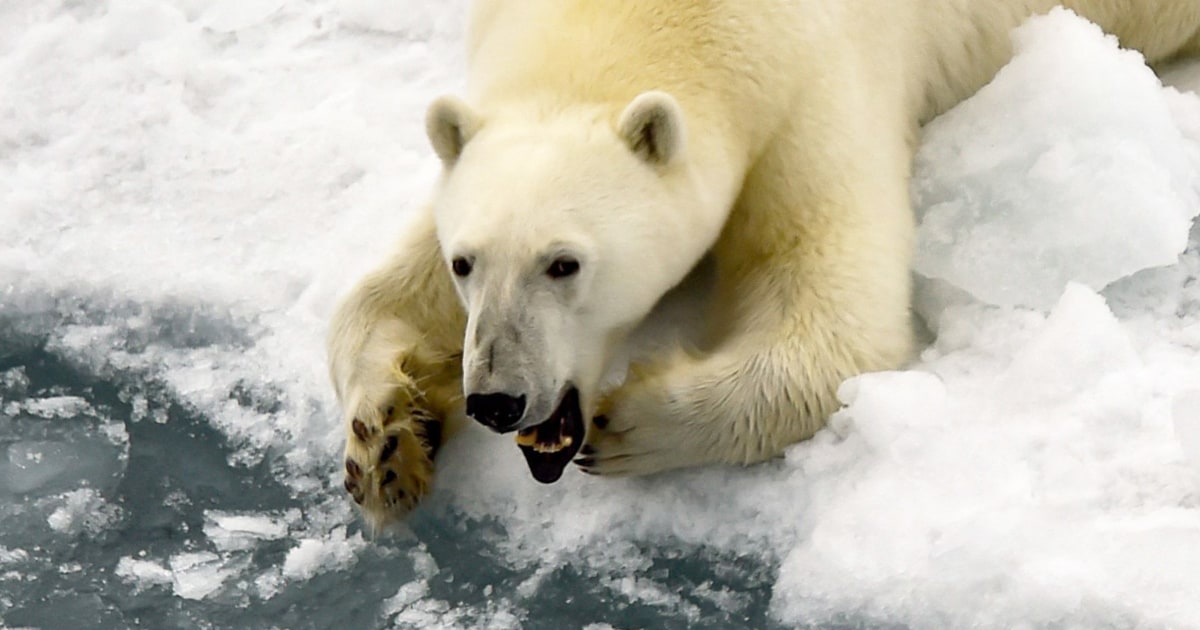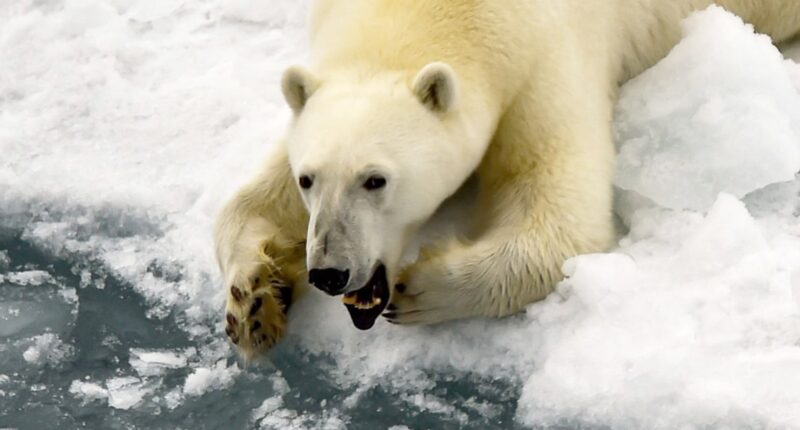
Studies in animals have found similarly harmful health effects, but more research is needed to understand the full impact on various species and their environments. Scientists also have a limited grasp of how PFAS pollution makes its way around the world.
“The full extent of the sources of this contamination — why it’s ending up in some of the far reaches of the globe, and then why some places might be slightly higher than others — I think is still not fully understood,” Andrews said.
Yet the implications could be staggering. The analysis found more than 120 unique PFAS compounds in animals, including in some species that are already threatened or endangered.
Andrews and his colleagues produced a map of their findings, showing the extent of PFAS contamination in wildlife around the world. The affected animals included large mammals such as polar bears and tigers; reptiles; birds; small mammals such as cats; frogs; and many different types of fish.
For species that are already at risk of extinction from habitat loss or ecosystem degradation, PFAS pollution adds to their vulnerabilities, said Tasha Stoiber, a senior scientist at the Environmental Working Group.
“As we were going through all this and reviewing these studies, one of the other really important things to stress is chemical exposure, and how that can act at the same time along with those other pressures to harm threatened and endangered species,” Stoiber said.
The researchers also noted that while their analysis showed widespread contamination around the world, the results are likely still a conservative estimate. For instance, fewer studies and tests have been conducted in South America and Africa, Andrews said. It’s also more challenging to study PFAS contamination in some species, particularly those that are threatened, he added.
In the U.S., the use of certain PFAS compounds is winding down, but the chemicals are still used in manufacturing, and the industry as a whole is largely unregulated. The researchers said they hope their analysis will show what is at stake if PFAS pollution is not restricted.
“Human health and animal health are connected,” Stoiber said. “What affects humans is going to affect animals as well, and vice versa. I think that’s another important takeaway overall.”
Source: | This article originally belongs to Nbcnews.com










